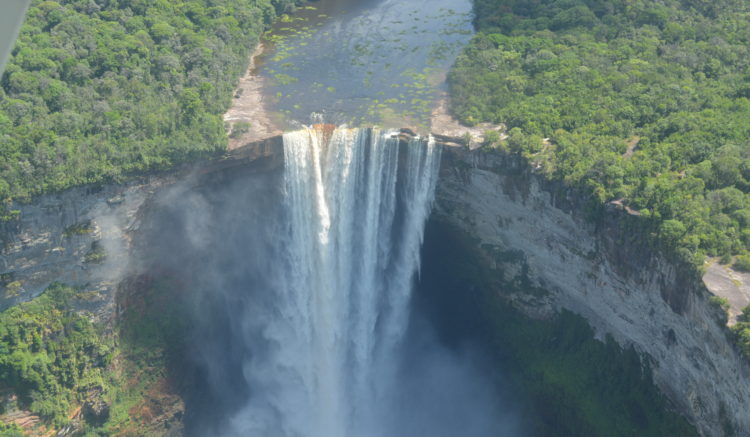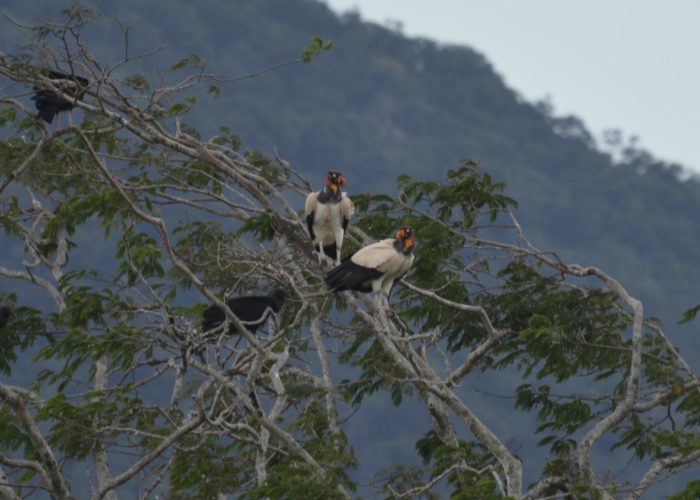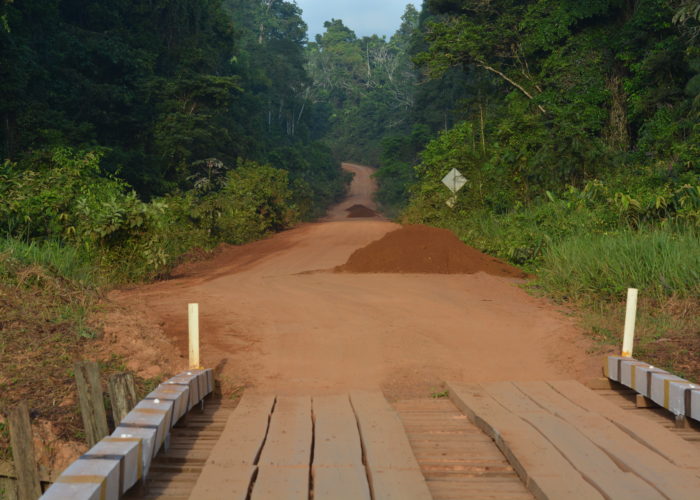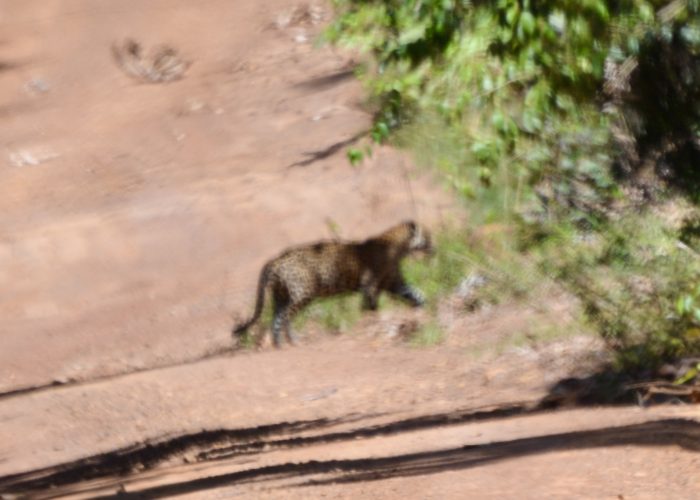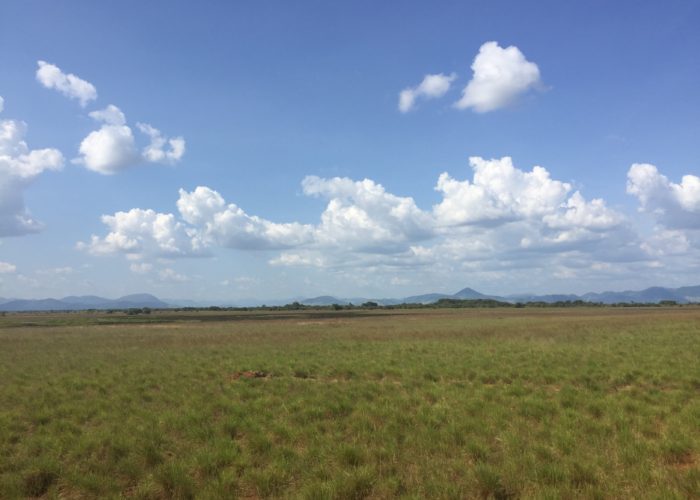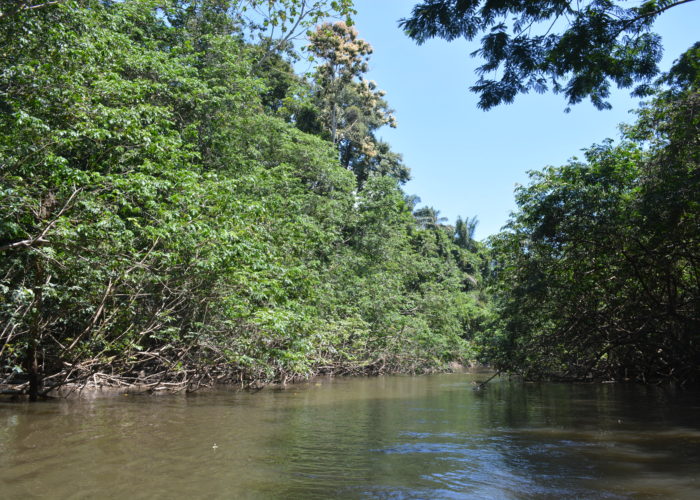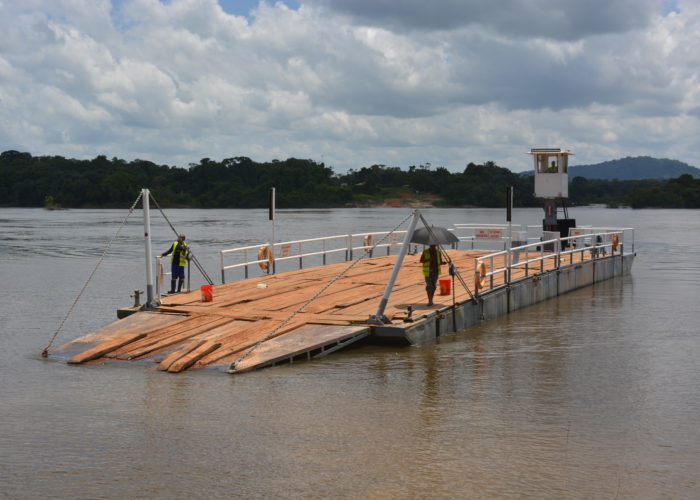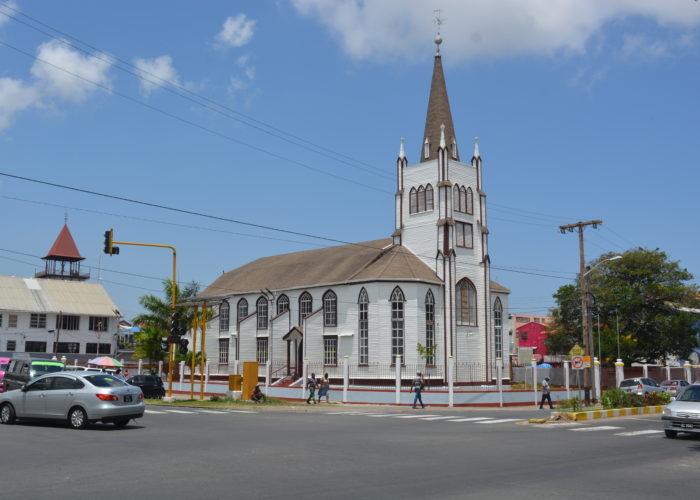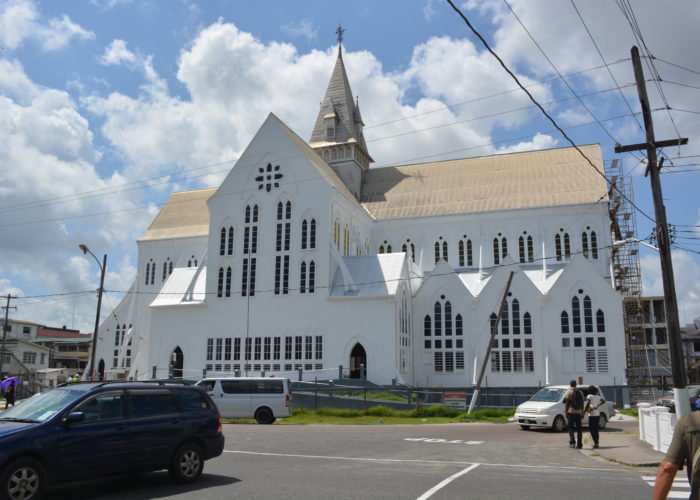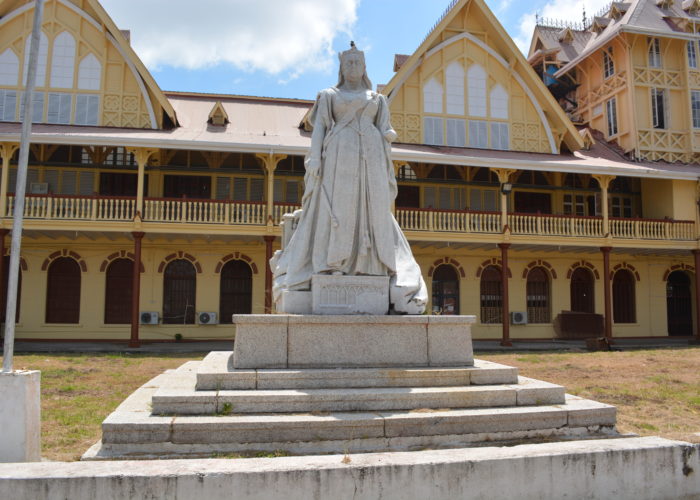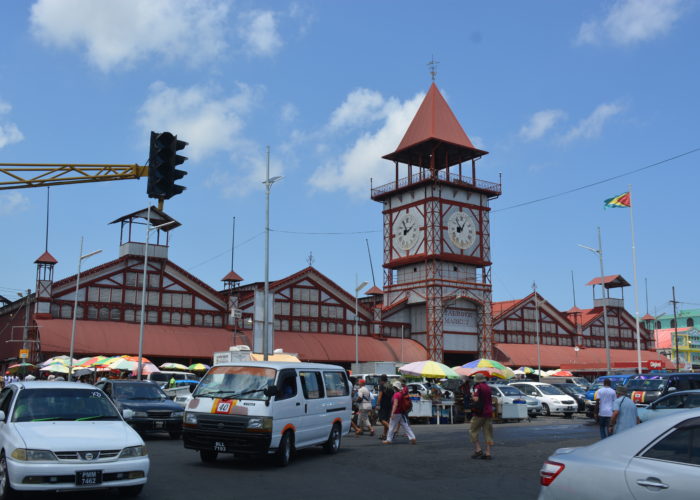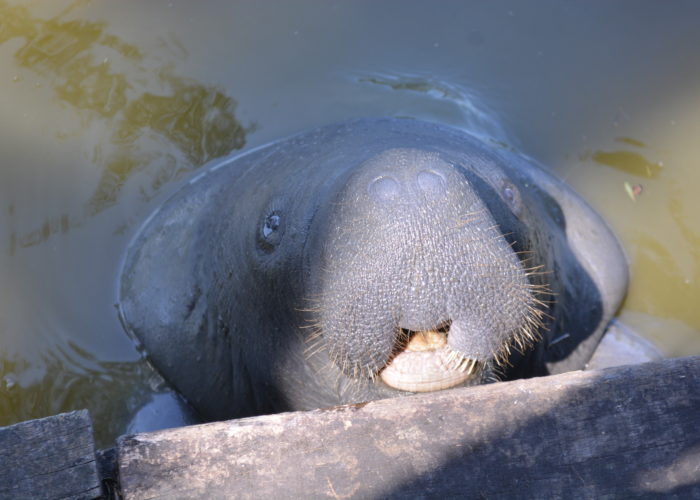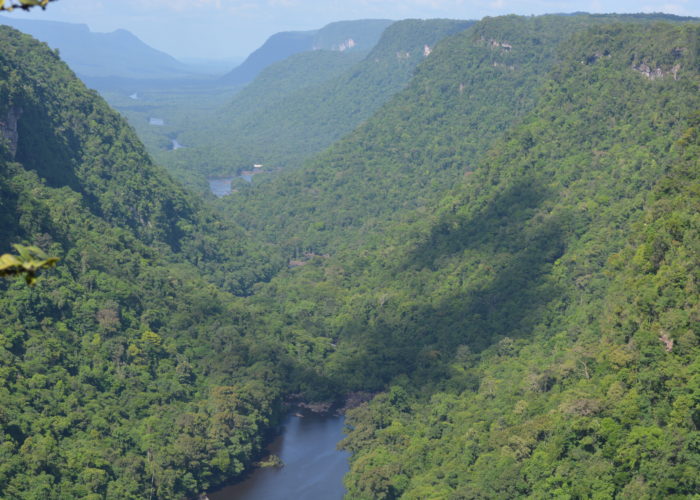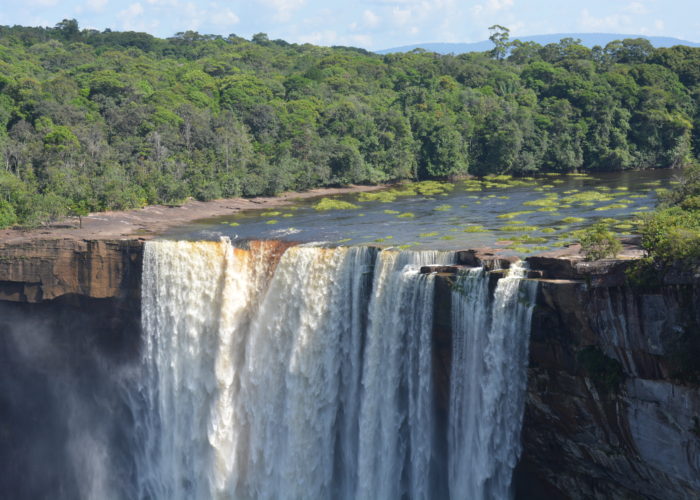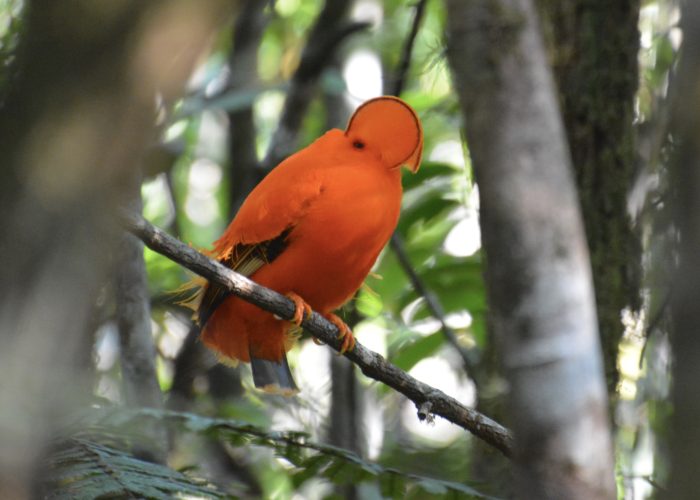Guyana together with Suriname and Fresh Guiana feel very different from the rest of South America and are the result of different colonial histories. Guyana has much in common with the Caribbean islands, but has also largely been untouched by tourism that is common with the rest of the Caribbean or South America, which has resulted in an unspoiled hinterland and a small town feel of its capital.
There is a large Guyana diaspora in London, many of whom have risen to important roles back in the UK, and to a visitor from London, Guyana has a real feeling of being back home with familiar and charming people. The church is important in Guyana, as it is for many of the diaspora who keep many of London’s churches open. Cricket is still played in Guyana, but sports like athletics and football are beginning to becoming much more significant.
Georgetown, Guyana’s capital sits on the Demerara River, and with an iconic name like that is also home to some very fine rum, which is distilled on the banks of the river. Much of the buildings in Guyana are made from local wood, painted largely in white, and in a mixed state of repair.
Inland is vast tracts of unspoilt virgin jungle, much of which has seen very few humans. Today there is an increased amount of logging of the tropical hardwoods, often by the Chinese, who stay in their own communities and often do not mix with the long standing Chinese communities that were brought to the country by the British colonial powers. In addition there is an increasing amount of gold mining, often with the tell tale scenes of destruction caused by the mercury used in the process.
Guyana’s biggest draw are the Kaieteur Falls, the largest single drop waterfall in the world, and set in unspoilt Amazon jungle in a protected National Park. Guyana is a great destination to get off the beaten track and sample unspoilt jungle and vast quantities of wildlife. We saw our first wild jaguar sitting in the middle of the road in upcountry Guyana.
Destinations
- Georgetown
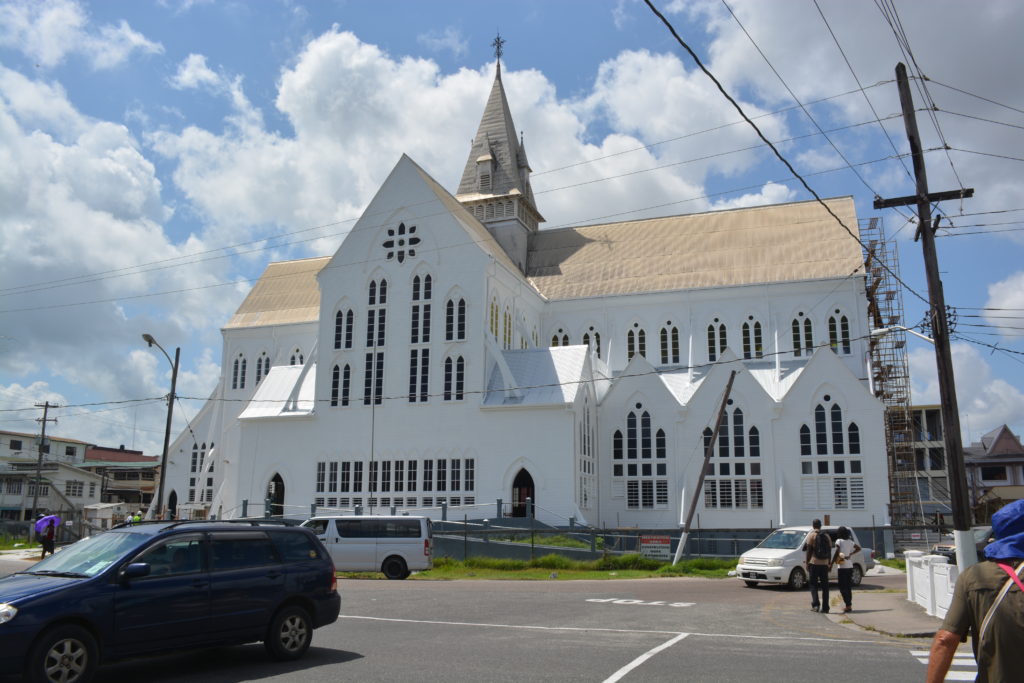
Georgetown, Guyana’s largest town and capital city is a laid back town that has a certain decayed charm. Most of the buildings are built in wood, some of which need some care like the old Town Hall, however where the buildings have been restored, like St George’s Anglican Church, they are very attractive. Another interesting site in Georgetown are the manatees in the Botanical Gardens that will pop their heads out of the water to eat grasses that visitors to feed them.
Georgetown’s location on the Demerara River and the surrounding sugar cane plantations combine to make Guyana rum one of the best in the world. The central market has a wide range of fresh tropical produce, and the food generally while simple is very healthy.
2. Kaieteur Falls
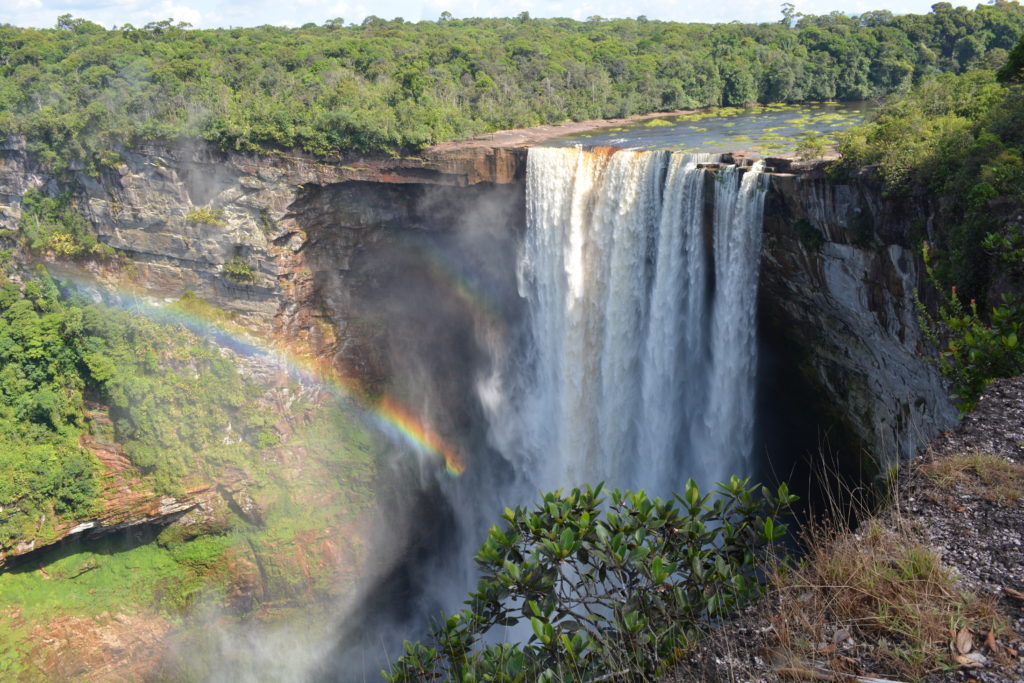
The Kaieteur Falls are Guyana’s premier tourist attraction. The falls at 226 metres are the worlds largest single drop waterfall and with its location in the pristine Kaieuteur National Park makes a spectacular site. The falls are classic horseshoe shaped and the surrounding countryside contains a wide variety of flora and fauna, including a large population of Guyana’s national bird the cock of the rock.
The falls can only be reached by light aircraft, which helps protect them from commercialisation and mass tourism. The fight from Georgetown flies over many kilometres of pristine jungle, though in places you can see the scars from some of the informal gold mining.
3. Rupununi & Iwokrama Forest
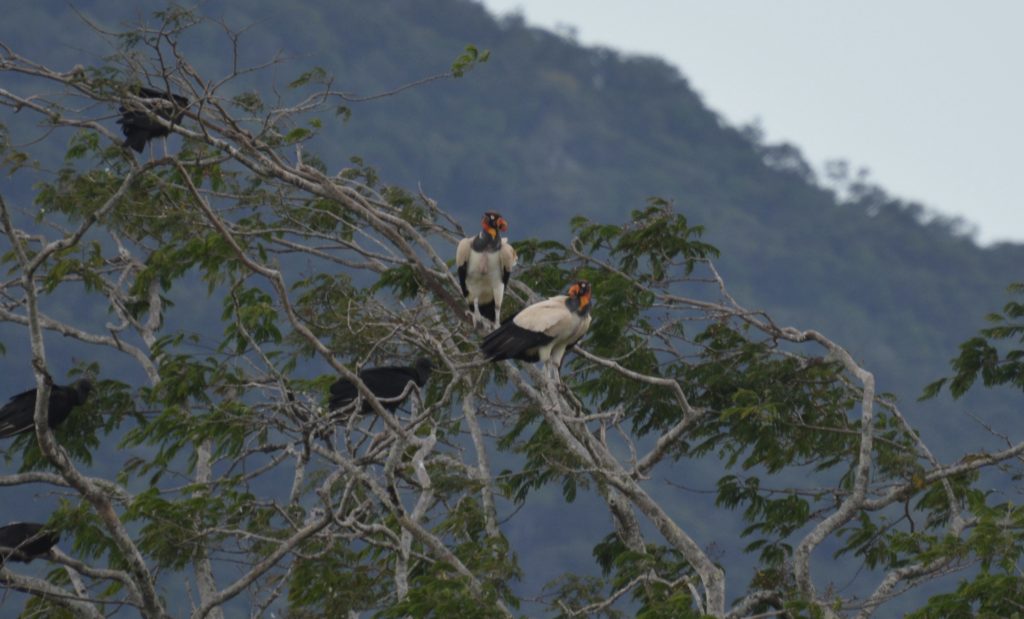
Upcountry Guyana is very remote and contains pristine jungle of Iwokrama Forest and also the savanna plains of Rupununi on the way to the Brazilian border. The jungle contains many bird species and is a twitchers paradise. There are a handful of lodges in the jungle to stay, the Atta Lodge also contains a tree top aerial walkway from where you can see the birds and other creatures that live up in the trees from a different perspective.
Blogs
- http://highburynomad.com/guyana-georgetown/
- http://highburynomad.com/guyana-rupununi-and-iwokrama-forest/
Slideshow
Travel
Guyana is not geared to cater for mass tourism and does not have an infrastructure that makes travelling independently that easy. Most visitors will use specialist suppliers to take them to Guyana. We used dragoman.com on their recently developed 21 days Guyanas Explorer Trip ZCV from Boa Visa in Northern Brazil to Cayenne in French Guiana.
The roads in upcountry Guyana and unpaved and often become impassable in times of heavy rain. They pass through largely untouched jungle which apart from a few loggers, visitors are unlikely to come across many other people. Georgetown and the coast road down to Suriname have reasonable transport links, though a number of the rivers are not bridged, including the one on the border with Suriname, so there are a number of ferry crossings that have to be navigated.
Costs
While costs in the markets etc. are very reasonable, travel across the country can be challenging and as a result is more expensive than neighbouring Brazil which has a much greater culture of travelling. For the most part by using the dragoman.com option, our costs were limited to the costs of that trip and spending money for food and drink.
Accommodation
Places we Stayed
- Georgetown: Rima Guest House
- Iwokrama: Atta Rainforest Lodge
- Rupununi: Rock View Lodge
